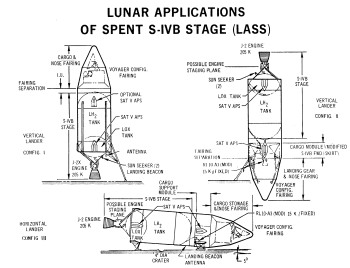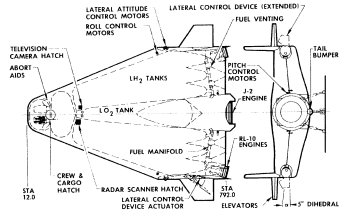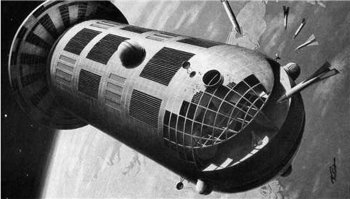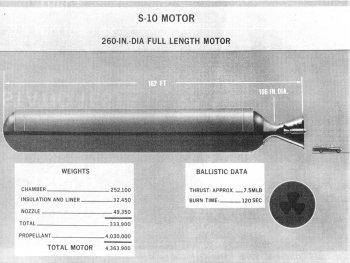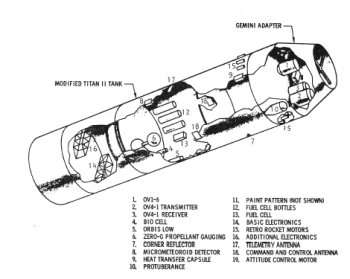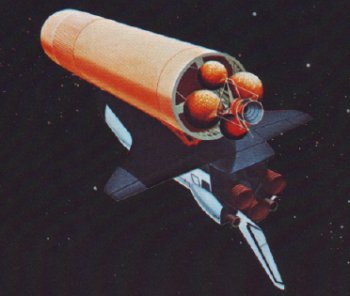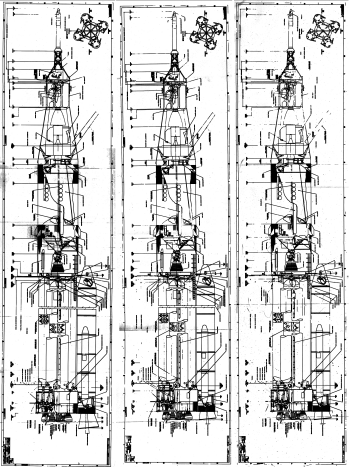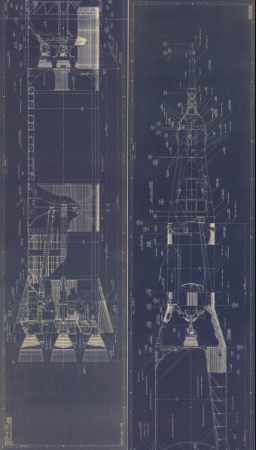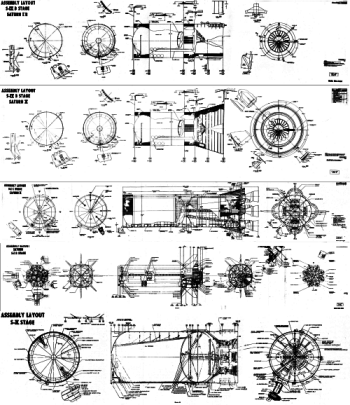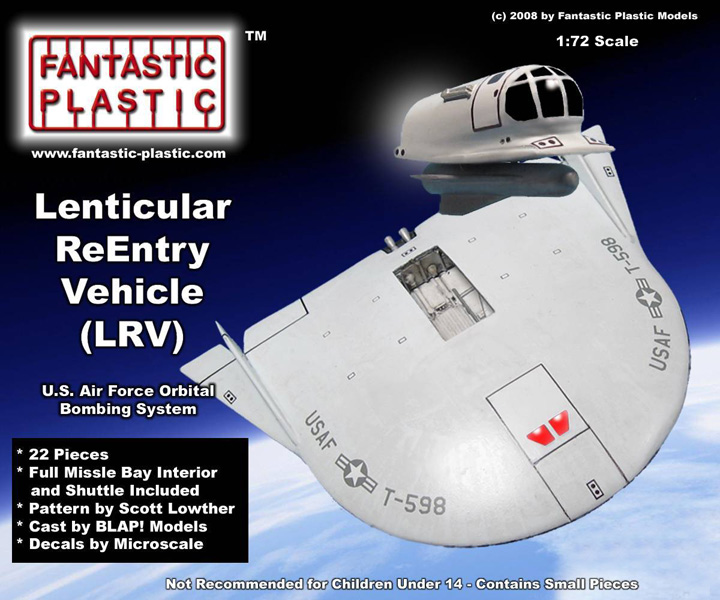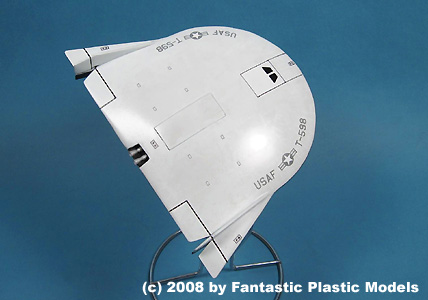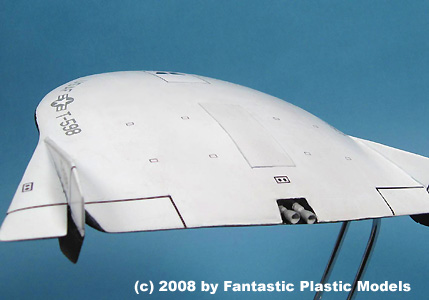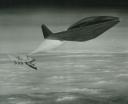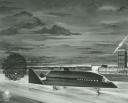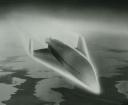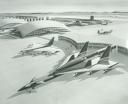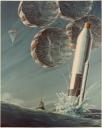The first job I had that lasted more than a blink of an eye (my first “real” job got yanked out from under me at Orbital Sciences… got hired to work on the X-34B, damn thing got cancelled the week after I got there) was for Pioneer Rocketplane, where I was the first employee (much to the surprise of two of the companies three founders, who had not authorized such a hiring… but hey, there were NASA SBIRs to pay me from, so there ya go).
<> One of the first things I did there was preliminary design of the Pioneer “Pathfinder” suborbital spaceplane. The idea was that this aircraft would lift off under turbojet power with full fuel (kerosene) tanks, but an effectively empty liquid oxygen tank (actually carried a small quantity on board in order to pre-chill the LOX tank). It would quickly rendezvous with a tanker aircraft which would then transfer a large qauntity of LOX to the Pathfinder. Pathfinder would then separate from the tanker, fire up its rocket engine, pop above the sensible atmosphere, open cargo bay doors, and toss overboard a satellite with an attached upper stage. Satellite goes to orbit, Pathfinder comes back down for refurb and reflight. Easy!
<> This was the mid/late 1990’s, when every Tom, Dick and Bill Gates was planning on launching constellations of thousands of satellites. Consequently a great need was foreseen for dirt-cheap space launch, which Pioneer Rocketplane intended to provide. With the collapse of the dot-com boom, and aided immensely by the bizarre behavior of a certain sociopath, Pioneer never got the chance to build the Pathfinder. Pioneer Rocketplane surives, sorta, to this day in the form of Rocketplane Ltd., about which I know almost none at all. Not sure if they’re even really a going concern anymore. Sad.
<> Still, it was my first chance to design stuff For Real. Pathfinder was a fairly dull design, to be sure… looks a whole lot like the Shuttle. But the propulsion system was not some neato whiz-bang system that required lots of funky vehicle integration; it was two turbojets and a rocket engine. Going bizzarre for the sake of going bizzarre is a tad pointless. To help sell the concept to investors, the company cooked up brochures and the like. And for the brochures, Pioneer had space artist Michael Carroll paint a series of illustrations. Paint. Not render on a computer, but honest-to-Odin paint. I recently found glossies of them, and reproduce them below.
See if you can spot the Babylon 5 reference subtlely hidden within one of them….






